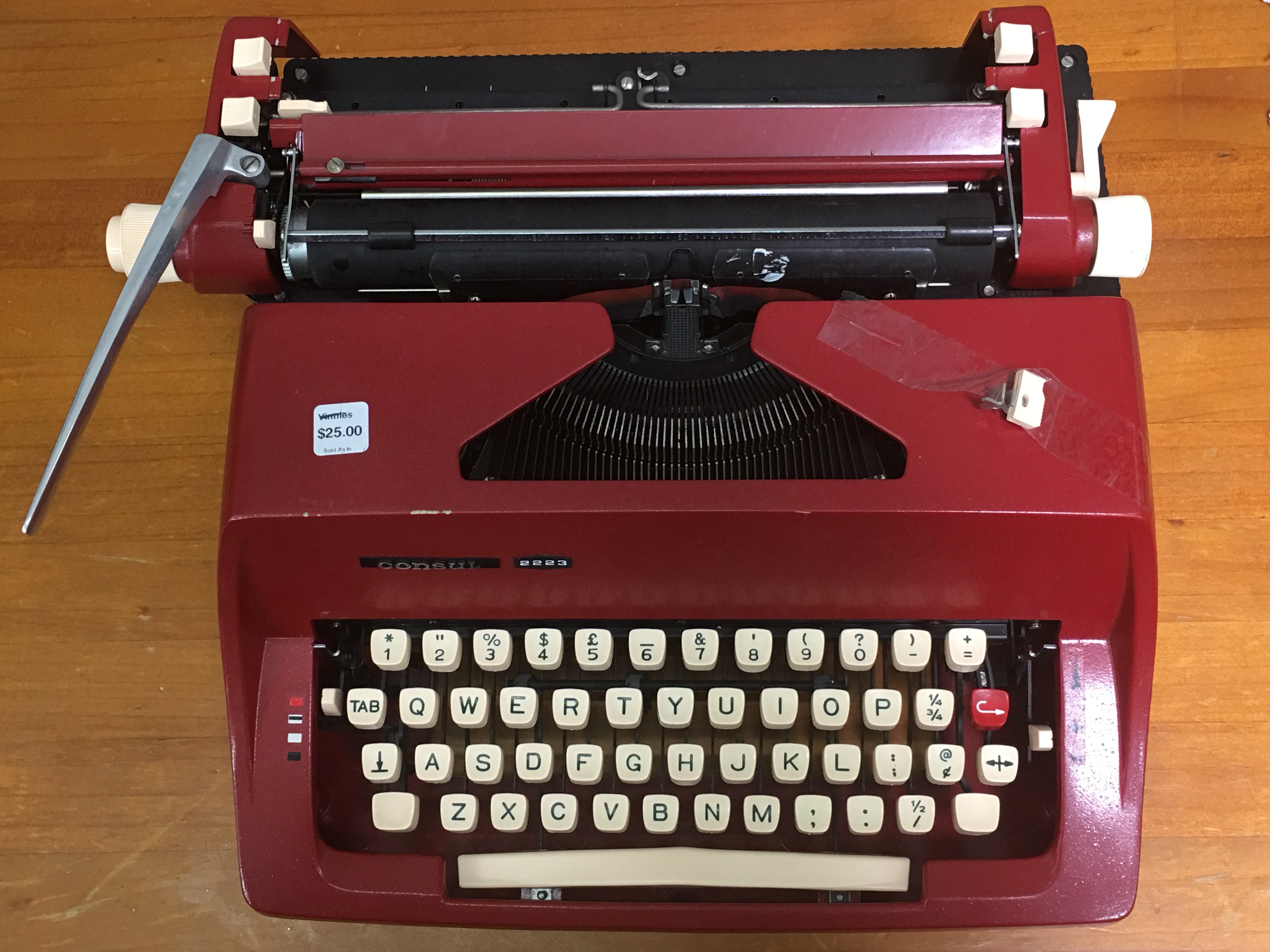I have passed the sign for Lennox Bridge countless times. I knew it was off the Great Western Highway, past the Blaxland McDonald’s, but that was about the sum of my knowledge. I took a detour recently, winding my way down the Old Bathurst Road. The road continues to narrow and bend until the bridge comes into view.
David Lennox, an experienced bridge builder and stonemason, had migrated to Australia from Scotland in 1832 following the death of his wife. He was spotted by Surveyor-General Thomas Mitchell as Lennox was working on a stone wall in Sydney. Following the chance encounter, Mitchell noted that”Mr David Lennox, who left his stone wall at my request, and with his sleeves still tucked up” had agreed to plan and construct stone bridges as required using government – convict – labour.
Mitchell placed importance on the design of well-constructed bridges as a sign of civilised society and had been despairing over the lack of skilled tradespeople to carry out the bridgework required in the colony. Mitchell’s mountain road, formed between Cox’s original road and a zig-zag road that had been constructed in 1824 to offer an alternate road in an attempt to ease the mountain crossing, required a significant bridge at Lapstone. The road became known as Mitchell’s Pass.
Lennox Bridge was built between November 1832 and July 1833 as part of Mitchell’s Pass. Lennox had to teach the stonemason’s art to the work crew of 20 convicts. The stone for the bridge was quarried from nearby and the horseshoe shape was chosen for optimum strength. There is an early painting of the bridge by Conrad Martens here. It was the first scientifically constructed stone arch bridge of any magnitude in New South Wales, and is the oldest stone bridge on the mainland. Richmond Bridge in Tasmania, completed in 1825, is the oldest bridge in Australia in continuous use.
Shortly after the bridge was opened, a crack was spotted. Lennox inspected the damage and advised that it wasn’t serious and the bridge continued to carry all traffic westwards until 1926 when a new deviation was built along an abandoned railway line. The bridge was finally closed to traffic in 1964 when a serious crack appeared. Following repairs and restrengthening it was reopened to local traffic in 1982. It had been dismantled and rebuilt, stripped back to its original arch.
Lennox was appointed as Sub Inspector of Bridges in New South Wales a mere seven weeks after his arrival in the colony. His annual salary was £120 ‘but without any forage for a horse’. He went on to build various bridges in New South Wales and Port Phillip, near Melbourne. The legacy that he left still endures today.
There is a short video here showing the bridge from various angles, including from the roadway and the base of the bridge.
[Photo: Lennox Bridge, Lapstone]


Gorgeous bridge. I enjoy your posts – I learn a lot.
LikeLiked by 1 person
Thank you so much – I really enjoy finding out more about people and places and this particular spot surprised and delighted me 😊
LikeLike
Interesting story and I love the painting of the bridge that you posted a link to. It reminds me of Turmer’s and Constable’s paintings from roughly the same period.
LikeLiked by 1 person
Thank you, and I’m glad you liked the link. Martens produced many wonderful paintings of early colonial life in Australia and it is a joy to look at them and compare to what things are like now. Interesting to note the similarity in style with his contemporaries – thanks for sharing your thoughts.
LikeLiked by 1 person
My pleasure. I shall have to look up more of his work.
LikeLiked by 1 person